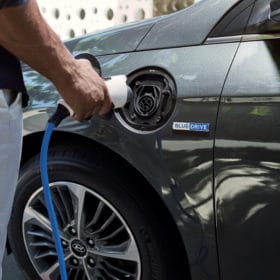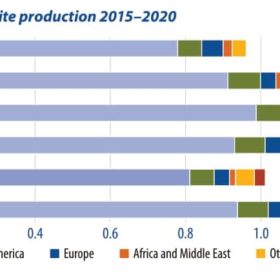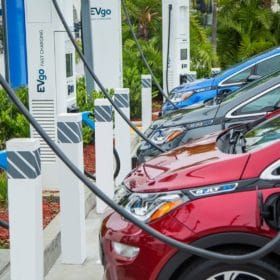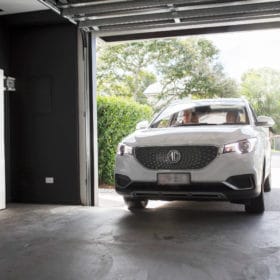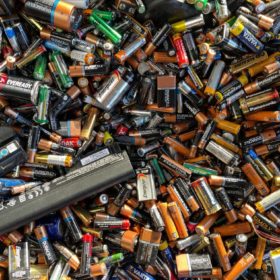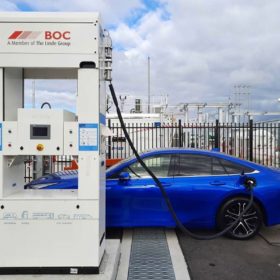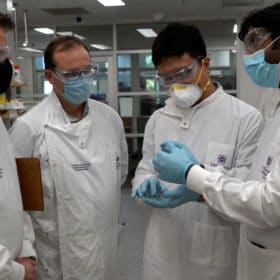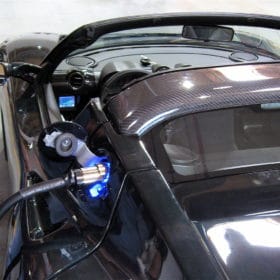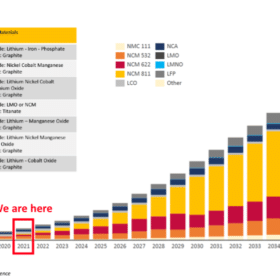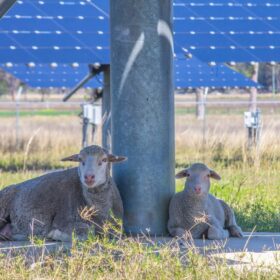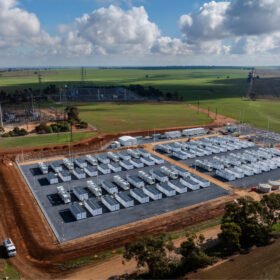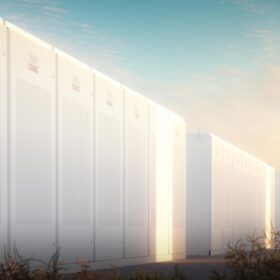Australia’s Tritium targets global expansion on back of $1.55 billion deal
Australian electric vehicle charging company Tritium has sealed a $1.55 billion merger deal with a United States-based special purpose acquisition company (SPAC) which will see it publicly listed on the Nasdaq.
Motoring body says EVs at turning point as road tax passes
A national motoring body has called on the Federal Government to “provide leadership”, declaring the rollout of electric vehicles in Australia is facing significant roadblocks.
Sunday read: the ‘other side’ of batteries
Graphite’s pivotal role in electric-vehicle battery technology is coming under increasing scrutiny. Graphite is almost exclusively produced in China, and while the processing of the mineral poses serious environmental issues, the alternatives appear costly. Ian Morse looks at what’s next for critical graphite supplies.
The budget should have been a road to Australia’s low-emissions future. Instead, it’s a flight of fancy
Professor John Quiggin from the School of Economics at the University of Queensland on where the federal budget falls down.
Sunny lifestyle: sonnen Australia adds EV subscription to its clean-energy offering
Revving up the appetite for EVs, sonnen and Carbar join forces to make electric car “ownership” easy. A new subscription model, with all running costs included, and the ability to trade up at two weeks’ notice, may supersede buying altogether.
$3.1 billion recycling opportunity emerges as batteries boom
Australia’s national science agency has identified a potential $3.1 billion industry that is there for the taking with the increasing penetration of renewables in grids nationwide sparking substantial growth in the battery energy storage sector.
Victoria’s roadmap to halve emissions by 2030 includes EV subsidy and renewably powered government operations
Victoria is now offering subsidies on electric and hydrogen fuel cell cars and will power its government operations with 100% renewable energy by 2025 as part of its long awaited Climate Change Strategy. The plan essentially offers a roadmap for the state’s 2050 net zero emissions target, including a number of nearer term goals.
Brisbane-based tech firm and University of Queensland team up to transform energy storage
The ‘Graphene Revolution’ is drawing near in energy storage, the sector where it is arguably needed most. Univeristy of Queensland scientists who devised aluminium-ion batteries with graphene electrodes have teamed up with Brisbane-based Graphene Manufacturing Group to push the technology into the commercial prototype phase, a potentially early marker for a technology that could transform energy storage.
Add electric vehicles, not bulk transmission, for a low-cost, clean grid: UC Berkeley study
A 90% clean grid with a transition to EVs would achieve lower electricity costs than one without, the study shows. Transmission investments would mainly be spur lines to new renewable generation.
Renascor finalises $15m capital raise, on track to be world’s first battery-grade graphite producer outside of China
South Australian company Renascor Resources this morning confirmed it had raised $15 million from institutional investors in Australia and abroad, enough to fund its Siviour Battery Anode Material Project up to the construction phase. The project is on track to become the world’s first integrated mine and purified spherical graphite operation outside of China.

